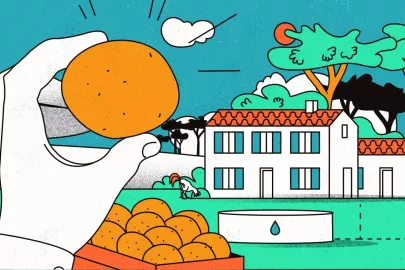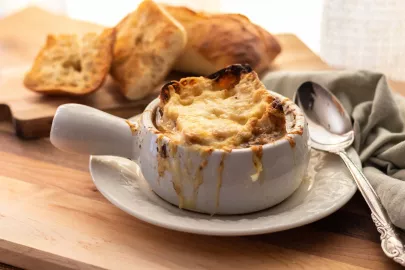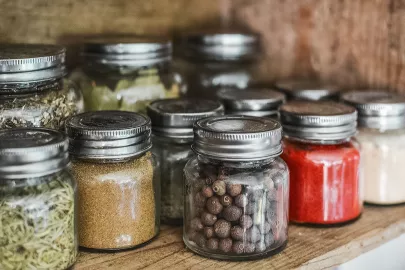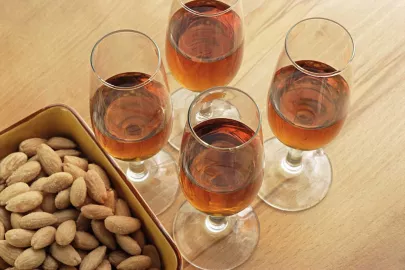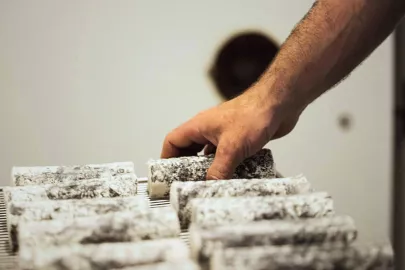An increasing number of organic farmers are opting for more diversified breeds of poultry, pigs, and cows. In selecting old, indigenous breeds from a variety of French regions, they are reconnecting with local traditions and high expectations of taste.

Intensive farming has established the supremacy of a handful of breeds handpicked principally for their productivity: Prim'Holstein for dairy cows, Large White for pigs and red hens for poultry farmers. Outside of these practices, some breeders are opting for time-honored local breeds, placing the emphasis on time and high-quality food… the secret ingredients in the tastiest meat.
Oronce de Beler – a pleasure-loving farmer with an experienced palate and a well exercised tongue – is one such person. Having settled in Nuits-Saint-Georges in Burgundy, in the early 2000s, he decided in 2012 to complement his winemaking activity with“kind” farming. Following a meeting with a breeder from the Coscione plateau in the south of Corsica, he brought an initial batch of native pigs from the island to the mainland, and quickly crossed them with black Gascon pigs – a breed typical of the South-West and the Pyrenees Piedmont, whose population on French soil had declined in the 1950s as a result of the industrialization of the pork sector.
In their tree-lined enclosure, the hungry porkers await their daily feed… cereals produced by local farmers and fellow wine growers. “The secret of pig farming? Pigs that live a long time and are fed well, but not over-stuffed. Before the age of two, the fat is chalky; after that – as you see here – it’s more like face cream!” Extensive farming, then… and what a taste! A world away from the norm, where the majority of pigs are slaughtered at the age of six months. Next, the unstoppable Oronce de Beler turned his hand to rearing organic laying hens. Marans, Gauloise, Coucou de Rennes…: nothing but old breeds, whose egg yolks have hints of honey…
It’s the same story over at Fred Ménager’s place. This farmer-turned-cook, based just a stone’s throw from the Hospices de Beaune, has founded La Ferme de la Ruchotte. It’s an unusual business model, in which high-end catering rubs shoulders with the breeding of similarly highly varied hens. This new-style cook roams the region, seeking out lovers of biodiversity, and since 2002 has amassed a large collection of these birds, with their shimmering plumage. He raises between 1,500 and 2,000 each year. Most of them end up on the plates of his lucky customers, and the remainder in luxury hotels and other famous kitchens. So, what goes into these fine ladies’ feeding bowls? Grain from local farmers and, as a starter, a cereal kefir and other biodynamic mixtures. “The taste is something else!”, Fred concludes, a twinkle in his eye. Further evidence – if any were needed – that time and biodiversity are playing their part in full.
Contributor

Editor




